Nature is a gift meant to provide for all forms of life
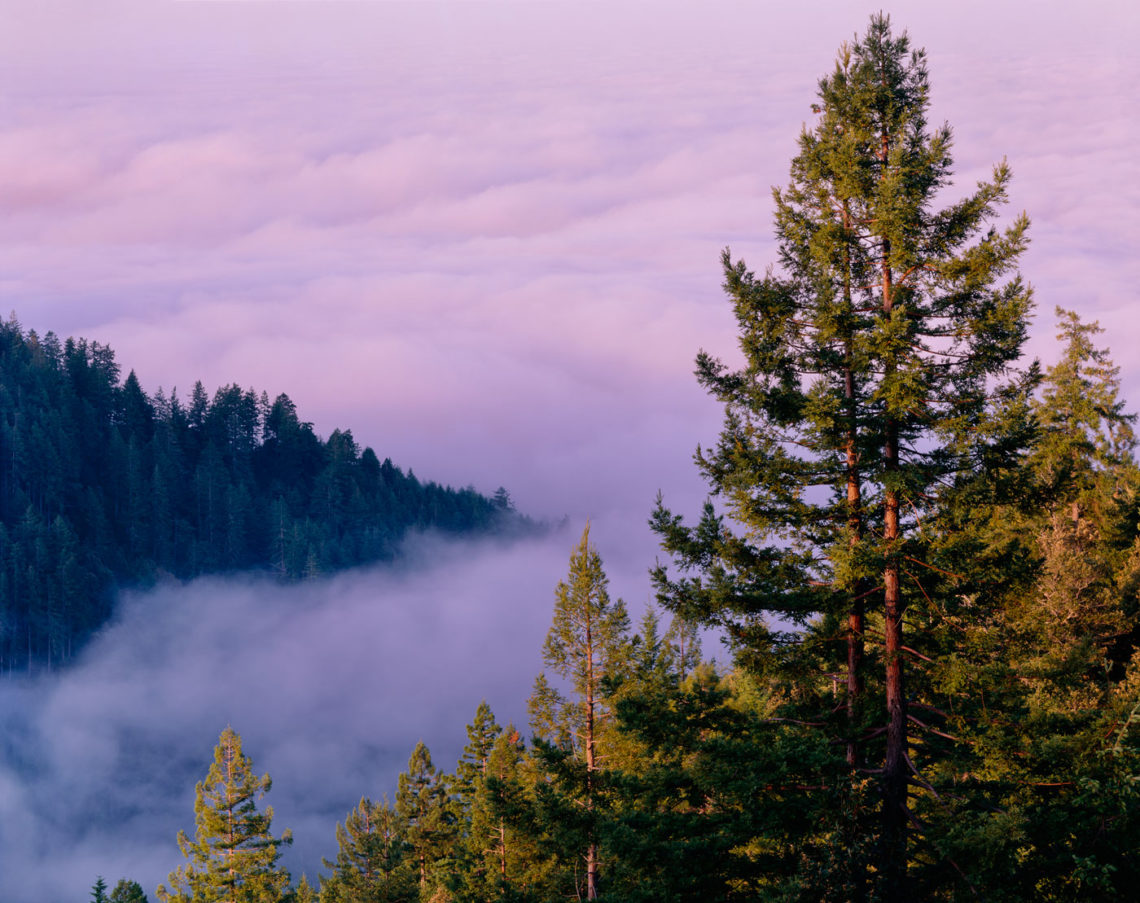
Community Voices is a series in which guest writers share their perspectives on redwood forests.
After many years protecting Tribal lands and waters, and a lifetime in close relation with nature, why isn’t it easier for me to convey these concepts and perceptions? A deep tension persists between the things my heart knows and the fluency required for sharing them.
English is entirely unsuited for describing all things Indigenous. Languages foreign to the lands and waters of this hemisphere do not contain the words, ideas, or even the sounds needed for conveying the depth and intricacy of Indigenous understandings of the natural world. Central to the place-based cultural lifeways of Indigenous Peoples are our languages.
Our languages enshrine and order the unique attributes of these places and their myriad interactions, and the realities within which they exist—both physical and metaphysical. Like the lands, waters, and skies, Indigenous languages are supremely beautiful and powerful. They derive from and describe origins, behaviors, and relationships among the many beings and elements of specific places. These places include the animal, plant, human, and spirit relations who have dwelt in them since time immemorial.
NDÉH ANCESTRY
I am a guest within the territories of the Indigenous Peoples of this vast area known in only recent times as California. My father’s Ndéh (Apache) family moved here in the 1940s. Grandfather fluently spoke two of our people’s dialects. His reasons for not teaching Ndéh Bizaa’ (our language) to his children relate to the genocide, displacement, cultural repression, and loss our people and countless others experienced.
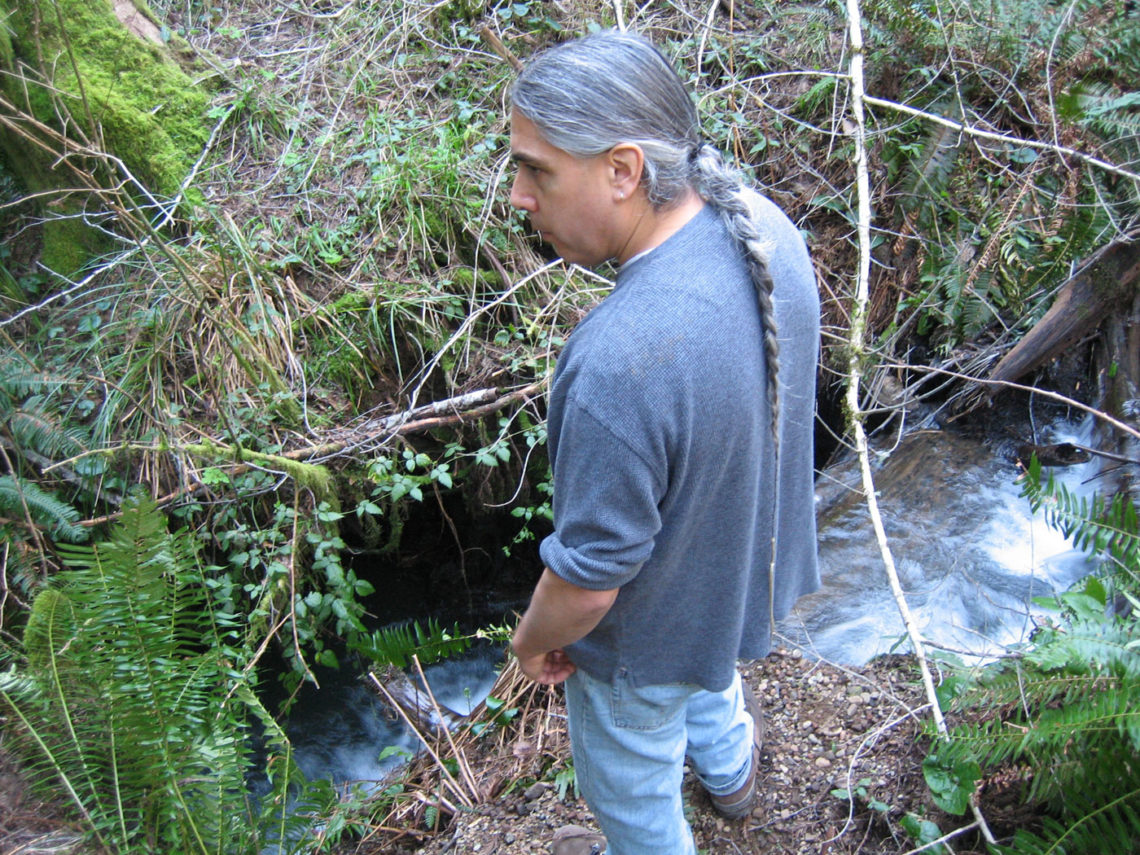
Ndéh and Diné (Navajo) speak Na-Dene (“Athabascan”) languages, which also are spoken from Northern California along the West Coast up to Alaska and across Canada. In the desert Southwest, 1,000 miles from coast redwood country, Ndéh and Diné languages contain words for redwood tree, as well as knowledge and stories about this great being. So, while being mindful that I am a guest in these coastal territories, I also feel the power of kinships over great distances—connections that have existed for millennia through our languages and deep relationships with nature.
In California, Tribes are redefining conservation. Despite every imaginable atrocity, the Tribes have retained their cultural lifeways and connections with traditional lands and waters.
The inherent rights of nature and Indigenous Peoples are deeply connected to each other and to a host of responsibilities that when carried out enable abundance and balance in our world.
They are safeguarding and maintaining sacred places of their peoples as they have for millennia and are steadily reviving their roles of protecting and healing these places. This is profoundly inspiring and encouraging in the face of the many dire things now occurring throughout this world.
LAW OF THE LAND
Isolation, separation, control, possession, valuation, utilization, development, preservation: these are English language concepts that over the past 500 years have shaped non-Indigenous relationships with nature. These relationships continue to be disastrous. By contrast, nature’s attributes and ways—which we often call Law of the Land—are infused into every aspect of Indigenous language and life. Law of the Land is the basis of Indigenous Law, by which traditional societies for millennia have understood how to live amongst themselves and in relationship with the natural world.
Attempting to use English to converse and interact with nature, and to transmit Indigenous beliefs and knowledge, is akin to being in the middle of a big city for a land protection conference. The striking lack of connection between the event’s setting and its intentions is inescapable.
A First Nation friend sometimes reminds me we are still in Early Contact—a term that usually denotes the handful of years during and immediately following white contact with Indigenous Peoples. Given the long existence of Indigenous societies, and that many devastating colonial attitudes and practices toward Tribes and nature persist, this really still is Early Contact: in many ways a kind of Indigenous Peoples’ dystopia.
Colonial attitudes toward nature and Indigenous Peoples persist in all sectors, including the conservation movement. Terms such as “ecosystem services,” “ecosystem benefits,” “baseline analysis,” and “Nature Needs Half” are examples of the strong tendency to measure, quantify, and commodify— to impose human will upon nature. People constantly seek to maximize the human benefits that can be derived from nature. Only rarely are conservation efforts of a significant scale undertaken in which altruistic concern and respect for the well-being and sake of nature are driving motivators.
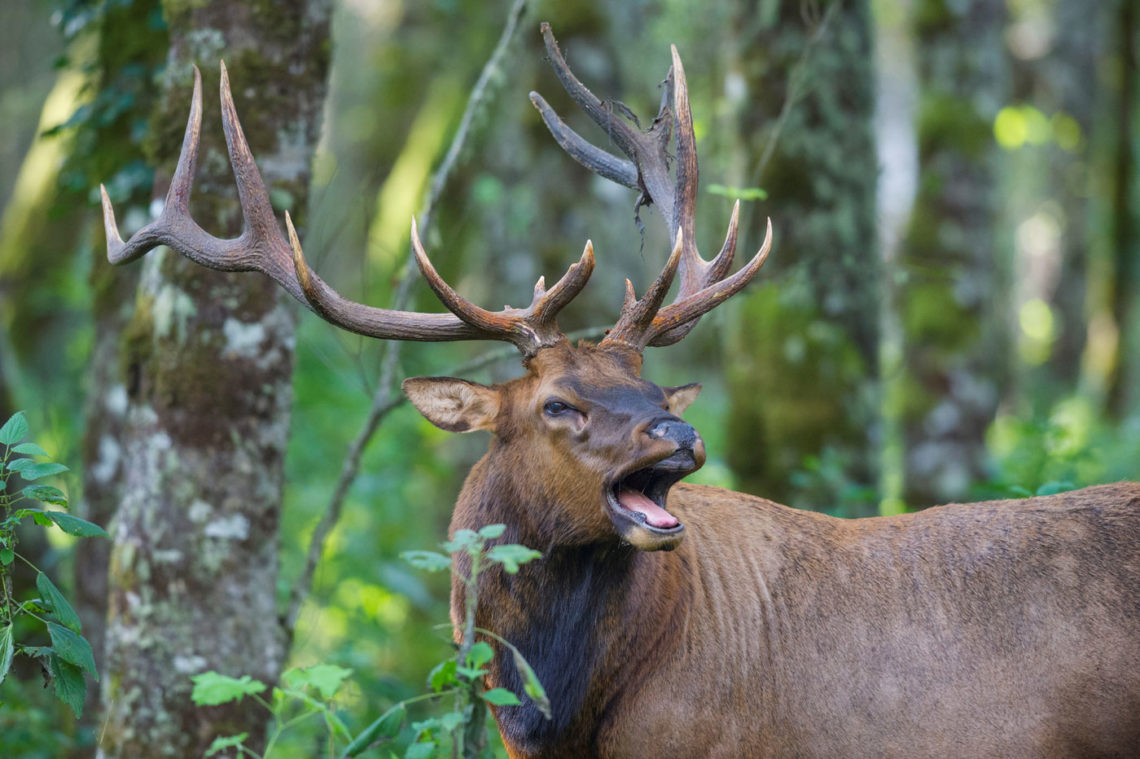
Instead of a collection of “resources” existing principally to benefit humans, nature is an irreplaceable gift, an actual being with whom humans should relate through reverence and reciprocity. How many conservation leaders and workers have first gone to the places they intend to work to ask nature to show them exactly what is needed? Doing so requires humility and patience. Instead of imposing our will on nature, we should ask nature to reveal the ways in which we can understand, respect, and protect it—rather than assuming we already know these things. This involves learning to pay attention to the land, air, and water with more than our ears, eyes, and minds. It requires listening with our entire being.
More than ever before, it is important that individuals, societies, and institutions recognize, acknowledge, and support the inherent rights of nature and Indigenous Peoples.
These rights are deeply connected to each other and to a host of responsibilities that when carried out enable abundance and balance in our world. It also is important to understand the pre-existence and primacy of these rights and responsibilities. As with human rights, the rights of nature and of Indigenous Peoples often are violated but have not been relinquished.
Indigenous Peoples should convey to the world certain broad principles regarding our relationships of respect and reciprocity with nature, so that these concepts may be better understood and applied by others committed to caring for and making this world a better place. This is occurring in many places. But cultural appropriation and other violations of the privacy and sanctity of cultural beliefs, practices, and places are widespread problems. Indigenous Peoples’ resistance to these violations should be supported. Cultural lifeways must be protected, nurtured, and maintained by and within their respective Indigenous communities.
It is equally important that Tribal leaders and Tribes are afforded ample opportunities to take meaningful roles within the conservation movement to inform new paradigms of relevancy and respect toward traditional knowledge, rights, and responsibilities.
Natural landscapes and ecosystems are refuges to myriad species. These are places where humans too can find solace, rejuvenate, and connect our spirits and emotions to the beauty and harmony of these places. Human interactions with nature are needed now more than ever before. But this should always be done with great care and respect. It necessitates recognizing nature’s personhood and its rights.
Nature does not exist to serve the interests of humans. It is a gift meant to provide for all forms of life. When nature is honored and cared for, it provides for everyone’s needs, including humans’. More than ever before, nature is asking that we take responsibility, that we act to defend and participate in its healing. Anyone who takes a sincerely respectful and patient approach can begin learning nature’s language and ways. Becoming nature’s friend and ally is meant to be a lifetime experience. But it’s a journey that is never too late to begin.
This feature appears in the beautiful printed edition of Redwoods magazine, a showcase of redwoods conservation stories by leading scientists and writers, as well as breathtaking photos, answers to readers’ questions, and how you can help the forest.
Join our thousands of members today for only $25, and you’ll get future editions of our Redwoods magazine.

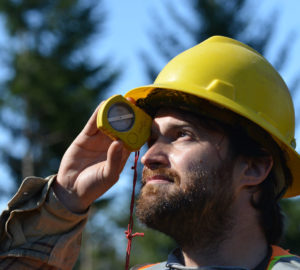
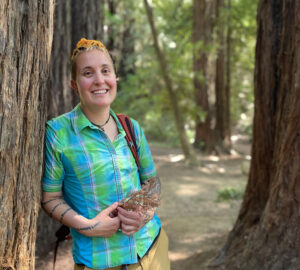
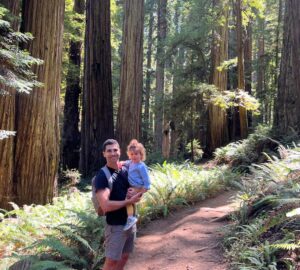
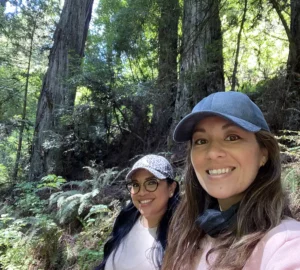
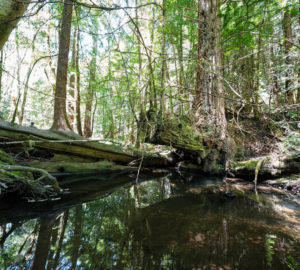
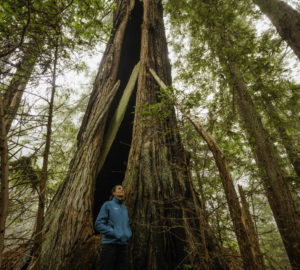
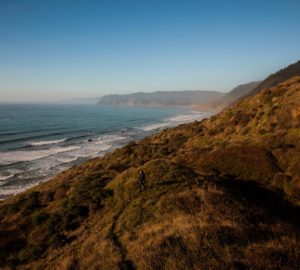
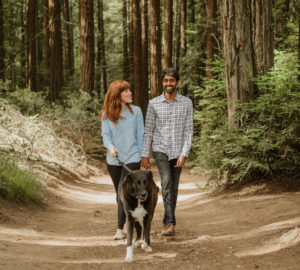

2 Responses to “Indigenous Perspectives Are Crucial for Conservation”
Debbie
Excellent guidance for the world we Need! Thank You!
Oliver Burke
Wonderful words.